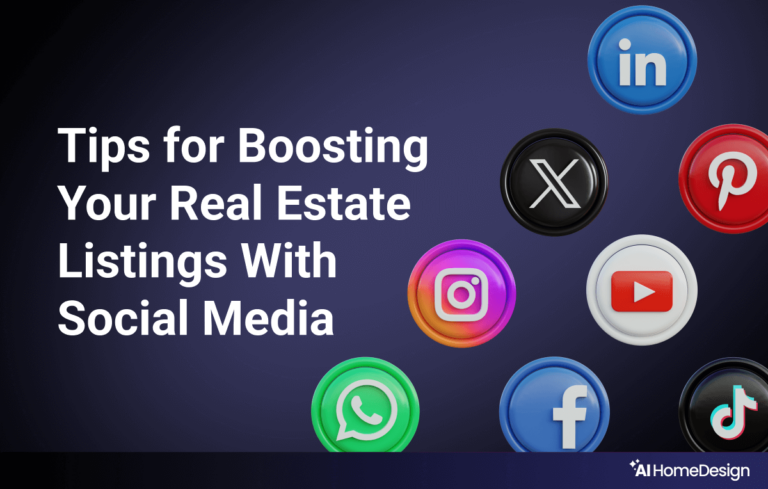Dario Rinaldi
Dario Rinaldi is an avid writer with a keen passion for all things real estate. Over the years, he has delved deeply into the industry, exploring its trends, challenges, and opportunities. His main interests include real estate marketing trends, home selling, and the intersection of real estate and technology. Dario’s writing is known for its clarity and depth, as he turns complex topics into engaging and insightful narratives.

